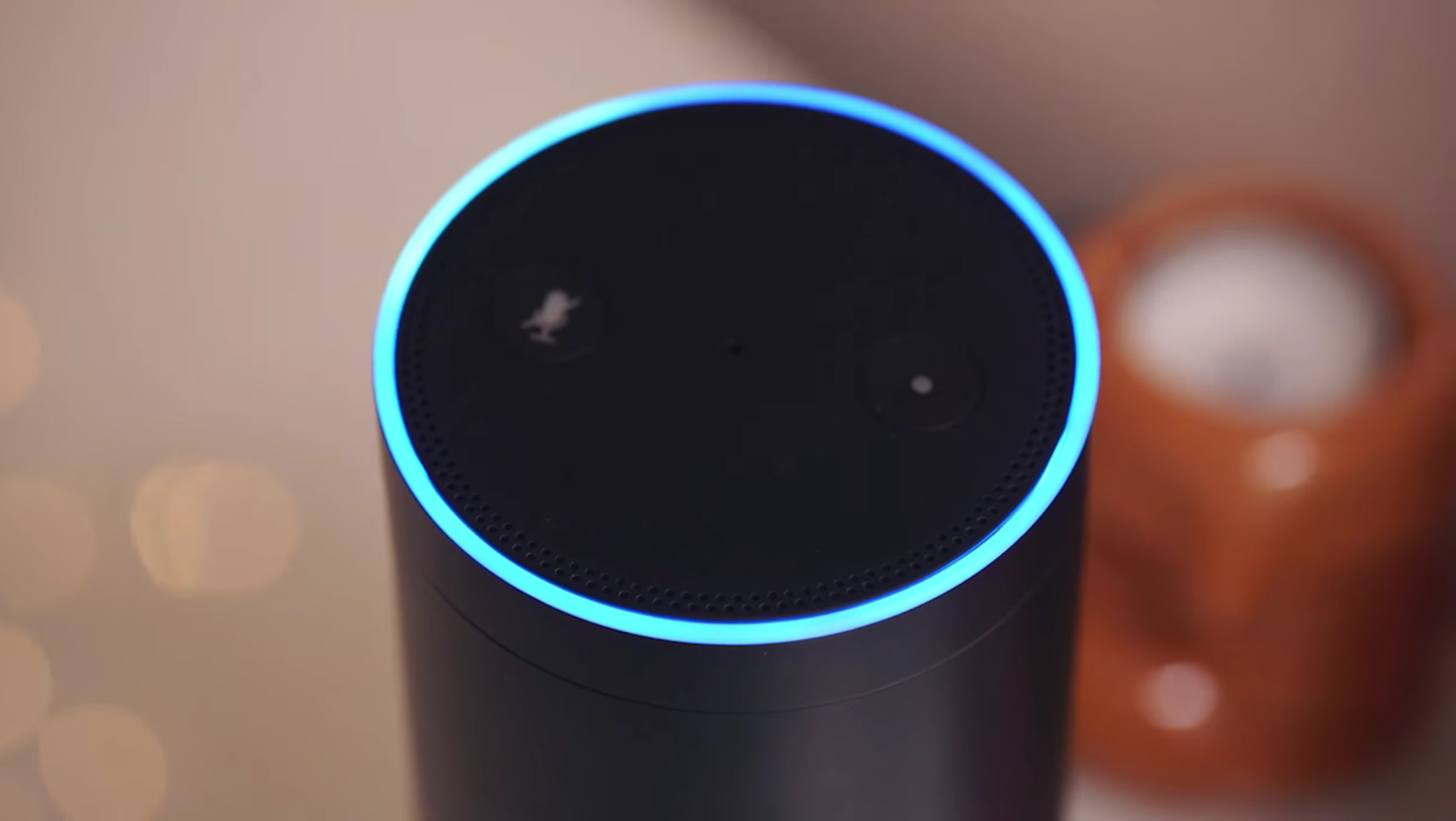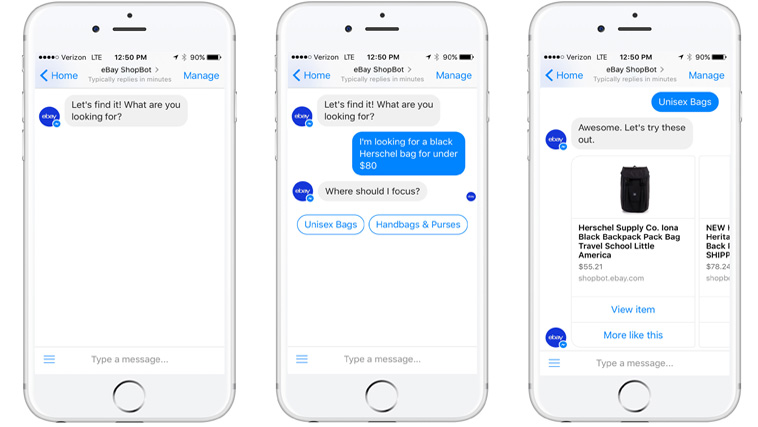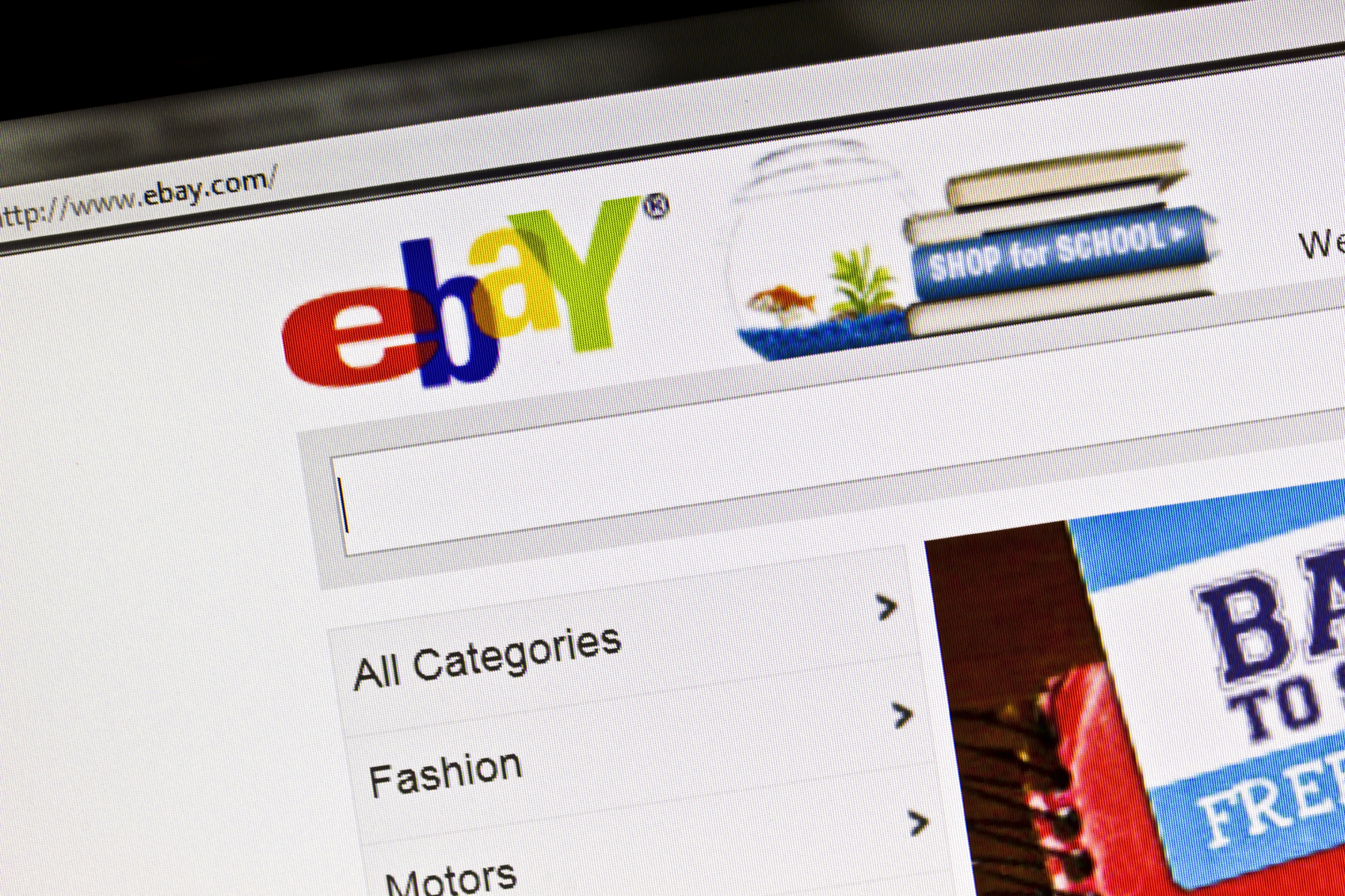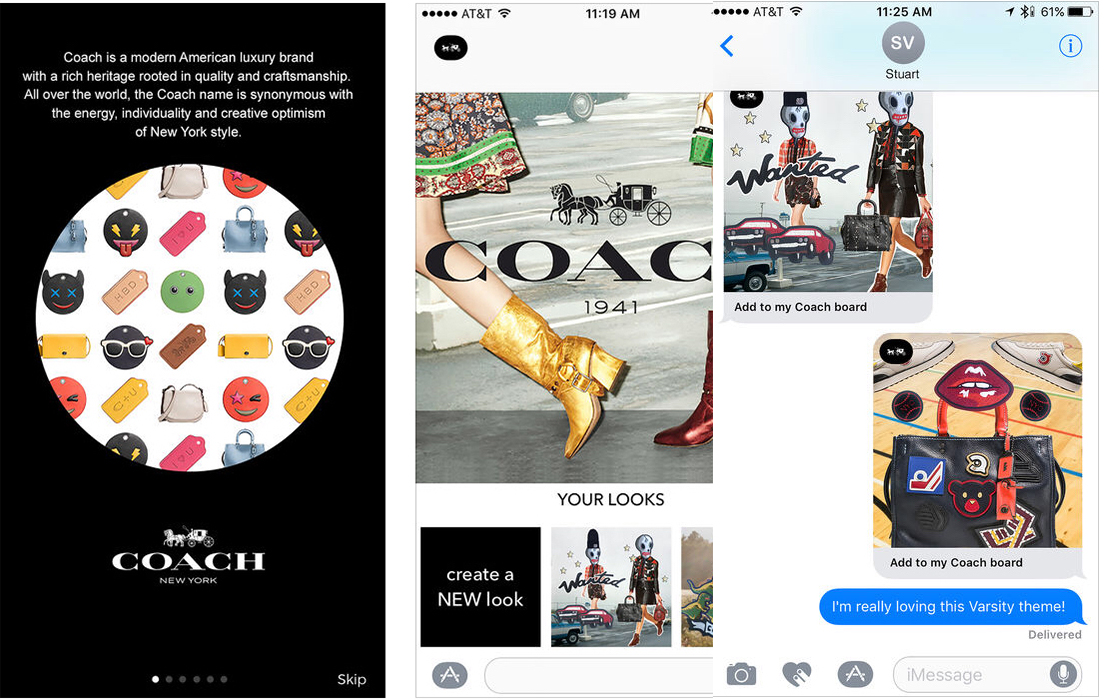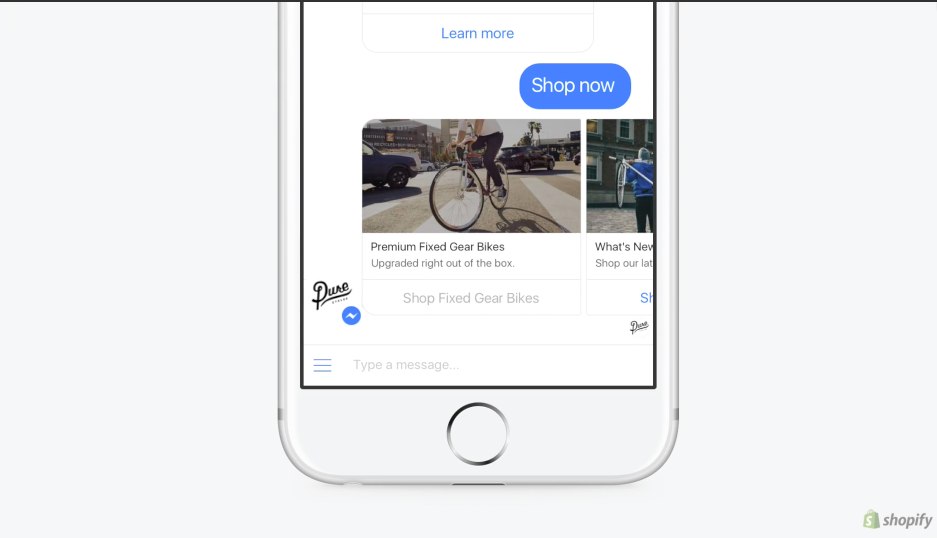What Happened
Amazon is set to lure more holiday shoppers to try out its Alexa-enabled Echo devices with exclusive deals. Starting with the upcoming Black Friday and Cyber Monday, and lasting until the rest of the year, Amazon will be offering customers special deals available only through its digital assistant service. In addition, Amazon is also offering customers who purchase an Alexa-exclusive deal between now and Cyber Monday a bonus $5 Amazon gift card. Earlier this year, the ecommerce giant offered similar Alexa-exclusive deals during its Prime Day sales event, which proved quite popular with Alexa users.
What Brands Should Do
As Amazon continues to integrate shopping capabilities into Alexa and incentivizing more shoppers to try it out, it is familiarizing millions of its customers with voice-based conversational commerce as well as locking in their customer loyalty. With Alexa-enabled devices gaining traction with mainstream consumers, voice ordering is something that retail and CPG brands need to look out for.
For other brands, the popularization of voice-based digital assistant devices like Echo or Google Home also opens up a new channel for brands to reach customers in their living rooms. For instance, Amazon recently created an audio game for Alexa to promote its upcoming original auto show The Grand Tour, showing the potential for companies to connect with customers through similar conversational branded content.
The Lab has extensive experience with building Alexa skills and helping brands navigate the new realities that conversational interfaces are set to bring. If you’re interested in learning more about our take on this topic, please reach out and schedule a visit to the Lab.
Source: AdWeek
